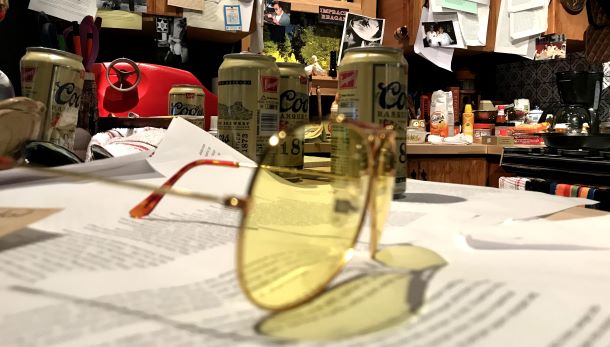Yesterday I learned that Fair State Brewing in Minnesota has unionized.
The details: “Today is a momentous day in the history of Fair State – we just became the first microbrewery in the United States to become unionized. Yesterday morning, employees across our business – in both Minneapolis and St. Paul – banded together and requested that Fair State voluntarily recognize their union. In consultation with our member-owner Board of Directors, we quickly agreed to voluntarily recognize the union. We founded this cooperative on democratic principles, and this is the next natural step in our push to show that fair and democratic workplaces can thrive.” [Read more.]
I learned this reading David Infante’s free and highly entertaining newsletter about beery matters called “Fingers.” I am not going to continue to pass along every important thing I read there, so you might want to subscribe yourself. The “publishing schedule” to the right infers I might have a recommendation for you some Fridays. You are welcome.

